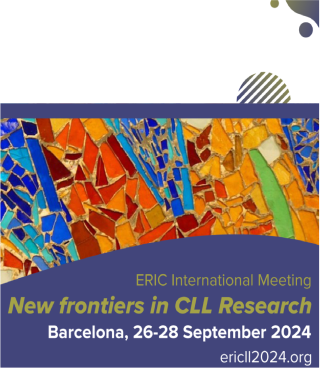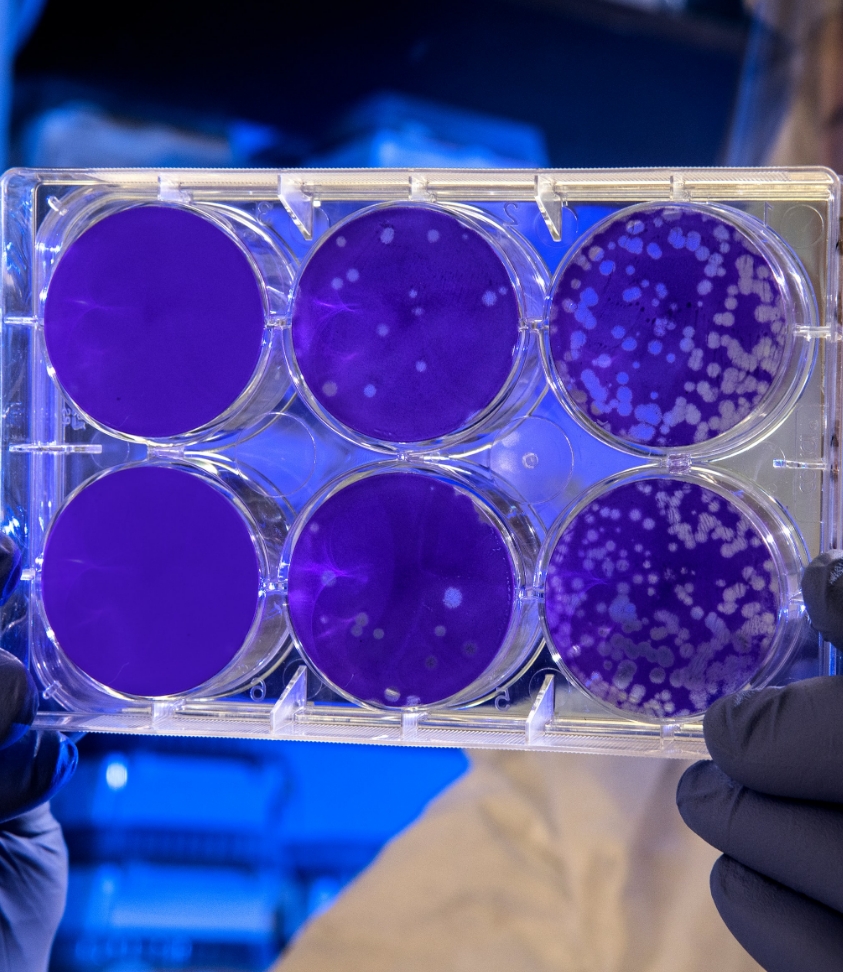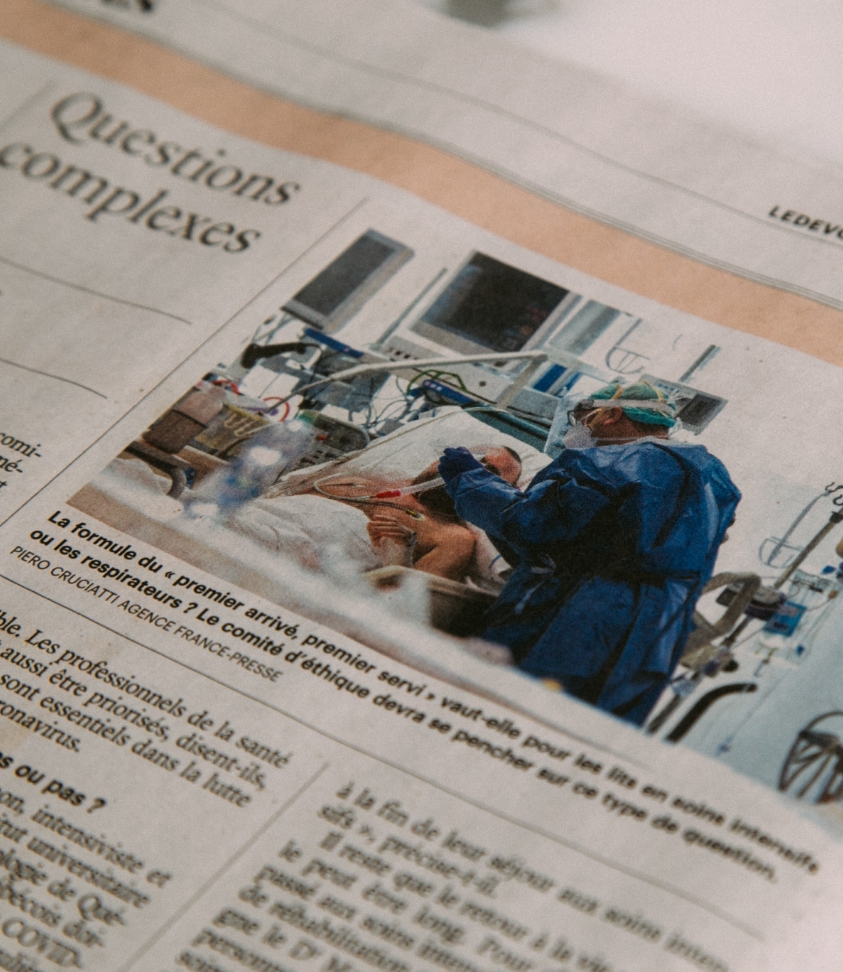ABOUT
ERIC was founded in 2001 and is a European organisation devoted to improving the outcome of patients with Chronic Lymphocytic Leukemia (CLL) and related diseases. It is a registered non-profit organisation under the name of the European Research Initiative on CLL e.v. ERIC is also a Working Party of the European Leukemia Net (ELN) and a Scientific Working Group of the European Hematology Association (EHA). ERIC is open to all physicians and scientists working/interested in the field of CLL and related disorders.
ABOUT
ERIC was founded in 2001 and is a European organisation devoted to improving the outcome of patients with Chronic Lymphocytic Leukemia (CLL) and related diseases. It is a registered non-profit organisation under the name of the European Research Initiative on CLL e.v. ERIC is also a Working Party of the European Leukemia Net (ELN) and a Scientific Working Group of the European Hematology Association (EHA). ERIC is open to all physicians and scientists working/interested in the field of CLL and related disorders.




